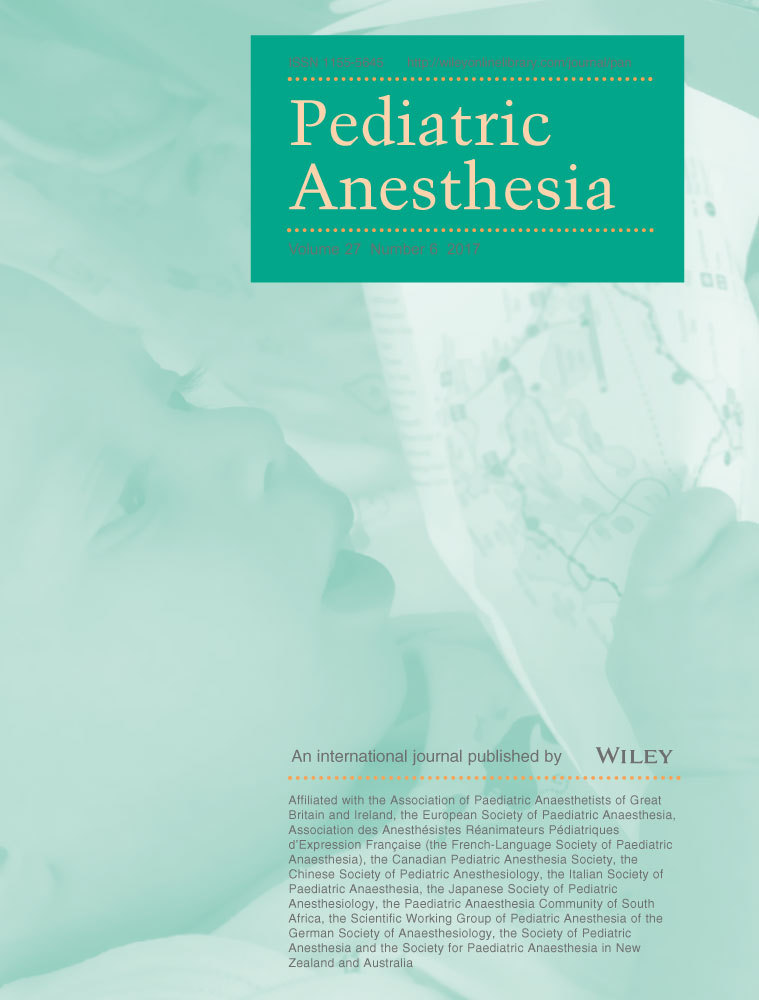Interactive web-based format vs conventional brochure material for information transfer to children and parents: a randomized controlled trial regarding preoperative information
Summary
Background
Information transfer to patients is an integral part of modern medicine. Internet-based alternatives represent a new and attractive way for information transfer.
Methods
The study used a prospective observer-blinded design. Children (3–12 years) and parents were instructed to get further preoperative information either through an interactive web-based platform, the Anaesthesia-Web, or conventional brochure material until day of outpatient surgery. On the day of surgery, children and parents were separately asked six different questions. The primary end-point was to compare the total question score in children between the two information options (maximum score = 36). Secondary aims were the total question score for parents and the influence of age, sex, and time between the preoperative visit and day of surgery.
Results
A total of 125 children were recruited, of which 103 were included in the final analysis (the Anaesthesia-Web group, n = 49; the brochure material group, n = 54). At the predetermined interim analysis, the total question score in children was found to be substantially higher in the Anaesthesia-Web group than in the brochure material group (median score: 27; IQR: 16.5–33 and median score: 19.5; IQR: 11.25–27.75, respectively, P = 0.0076). The median difference in score was 6; 95% CI: 0–9. The total question score in parents was also higher in the Anaesthesia-Web group than in the brochure material group. Increasing child age was associated with a higher total question score in both groups. Sex did not influence the total question score in the Anaesthesia-Web group, whereas girls scored better than boys in the brochure material group.
Conclusions
Children in the age range 3–12 years of age as well as their parents do better attain preoperative information from an interactive web-based platform compared to conventional brochure material.




